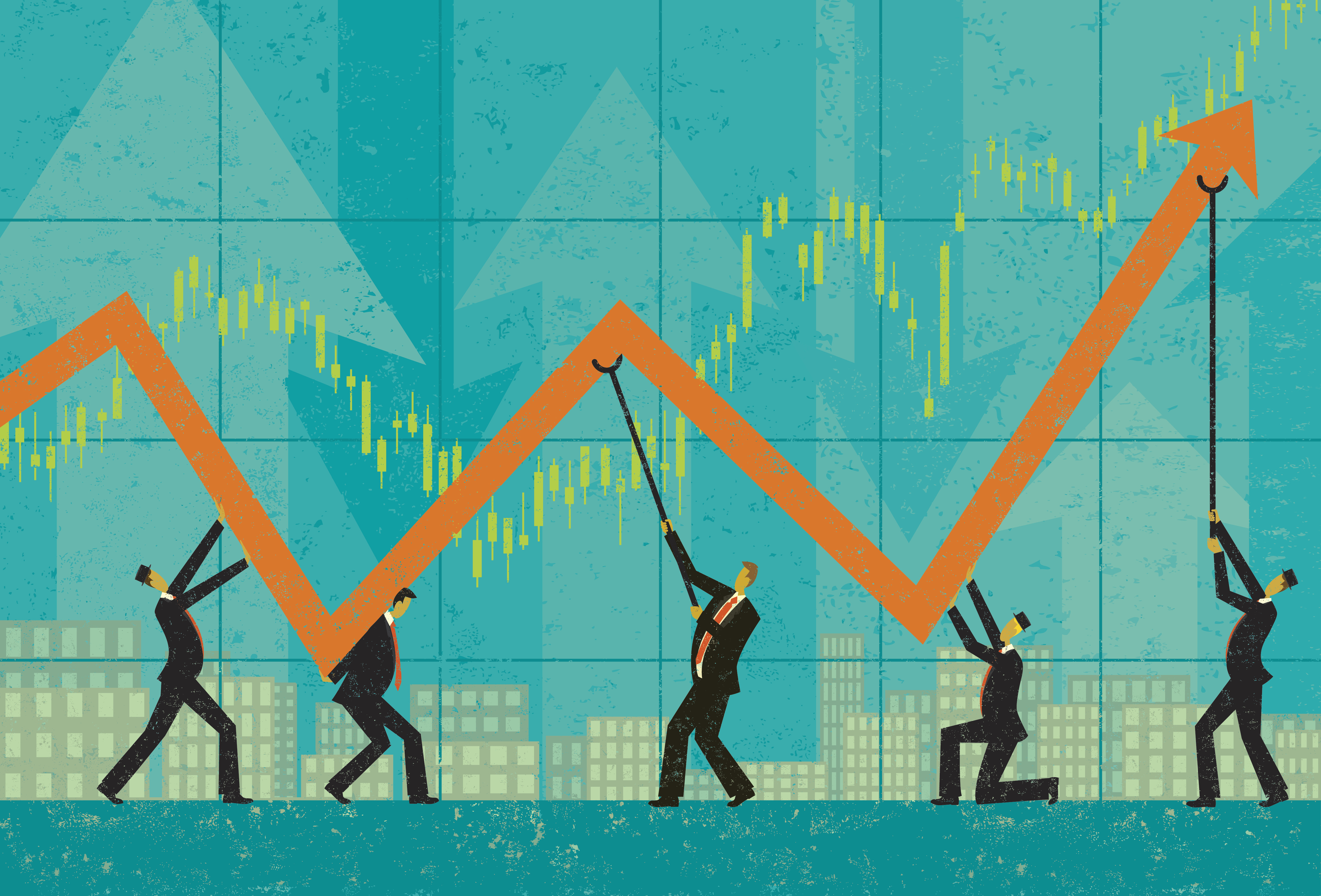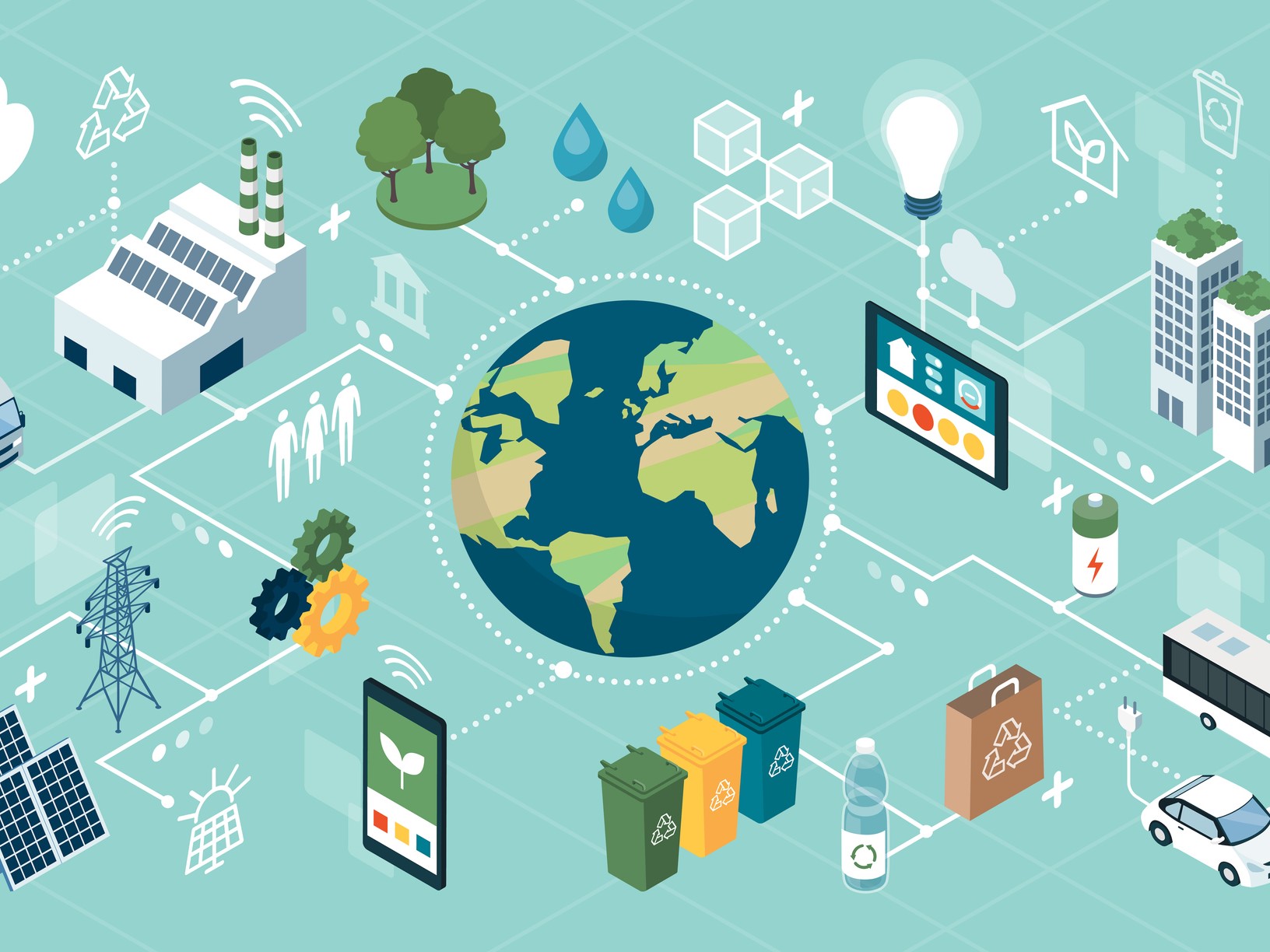India’s Economic Growth Set to Accelerate to Its Fastest in a Year 2023

India’s Economic Growth Set to Accelerate to Its Fastest in a Year 2023
The statistics that will be released on Thursday is likely to indicate that India’s economy expanded at its quickest rate in a year in the April-June quarter, although experts foresee a decline.
India’s gross domestic product (GDP) expanded at its quickest rate since April-June 2022, 7.7%, according to the consensus prediction of analysts surveyed by Reuters. This increase was higher than the preceding quarter’s 6.1% growth.

The 250 basis point increase in interest rates since May 2022, according to economists, has been somewhat offset by reduced commodity costs, which have also helped manufacturers raise profits. The Kotak Institutional Equities analyst Suvodeep Rakshit predicted that services will be the main driver of growth on the production side and investment on the spending side.
India, the third-largest economy in Asia, has been able to defy the global downturn that has several other countries, including China, faltering. India’s services sector, which accounts for more than half of its economic output, has had strong growth. S&P Global Services for India The longest period since August 2011 has seen the Purchasing Managers’ Index securely above the 50-point threshold distinguishing expansion from contraction for over two years.
The Indian government has been putting more money on infrastructure each year to stimulate growth. India spent roughly 28% of its 10 trillion Indian rupee ($120.91 billion) capital expenditure budget in the first three months of the fiscal year, which began on April 1.

Kaushik Das, chief economist for India at Deutsche Bank, said that a 3% drop in wholesale prices will also boost the nation’s strong headline growth by lowering the “GDP deflator,” which is used to estimate real economic growth by excluding price increases.
According to economists, the price impact may change in the upcoming months, and growth may slow. August has been unusually dry after above normal rainfall in July, which has driven up the cost of basic foods and reduced discretionary expenditure.
In India’s hinterlands, where agriculture provides the majority of the country’s income, dry weather could potentially reduce agricultural productivity and weaken the influence of the locals.
A comparison to higher growth rates from a year ago as well as declining exports and global economy will also have an impact on future quarters’ growth.
Rahul Bajoria, an economist at Barclays, stated that there is some indication that the activity is decreasing sequentially. “The market as a whole believes that things will slow down.”
As India emerges from the gloom of the pandemic, its economic horizon looks increasingly optimistic. Recent data and forecasts indicate that the nation is on track to register its fastest economic growth rate in a year, suggesting a strong recovery from the setbacks it faced due to COVID-19. This remarkable turnaround is being driven by multiple factors, including robust agricultural production, an uptick in manufacturing, a resurgence in consumer spending, and a positive policy environment.

According to the latest reports, India’s GDP is expected to grow at a rate of 8.3% in 2023, the highest in the last twelve months. This comes after a tumultuous period of economic contraction and gradual recovery, revealing the resilience and dynamic nature of the Indian economy. Financial experts argue that this is not a flash in the pan, but a sustainable trajectory bolstered by diverse sectors.
The Make in India campaign, coupled with policies aimed at creating a conducive environment for businesses, has been instrumental in reviving the manufacturing sector. Investments in automation and the introduction of high-end technologies are driving efficiency and productivity, making India an increasingly attractive destination for manufacturing.
Agriculture remains the backbone of the Indian economy. Better monsoons and advances in farming technologies have resulted in a bumper crop year. The agricultural sector not only feeds the Indian population but is also a significant source of export revenue, contributing to the upswing in the nation’s economic indicators.
As the COVID-19 situation stabilizes, consumer confidence has been restored. The pent-up demand is now driving sales in the automobile, real estate, and consumer goods sectors. As spending picks up, so does the wheel of the economy.
Policy decisions such as tax cuts, monetary easing by the Reserve Bank of India, and the introduction of structural reforms have been timely. Initiatives like the Atmanirbhar Bharat (Self-Reliant India) have motivated indigenous industries, and the Production Linked Incentive (PLI) schemes have attracted foreign investments.
The rapid adoption of digital technologies has been another pillar supporting economic growth. From digital payments to e-commerce, India has shown an accelerated growth in digital infrastructure, which has spurred economic activities across multiple sectors.

While the indicators are positive, challenges like inflation, unemployment, and socio-political issues remain. The rising cost of essential commodities could potentially dampen consumer spending, and unemployment rates need to be tackled with strategic skill development and job creation programs. Additionally, any unforeseen global economic slowdown or geopolitical instability could also act as dampeners.
India’s projected economic acceleration marks a significant milestone in the nation’s journey towards becoming a global economic powerhouse. The confluence of multiple positive factors has set the stage for robust and sustainable growth.

However, it is crucial to sustain this momentum by addressing challenges head-on and capitalizing on opportunities. The onus is now on policy-makers, industry leaders, and the citizenry to collaborate and drive India towards an era of unprecedented prosperity.






